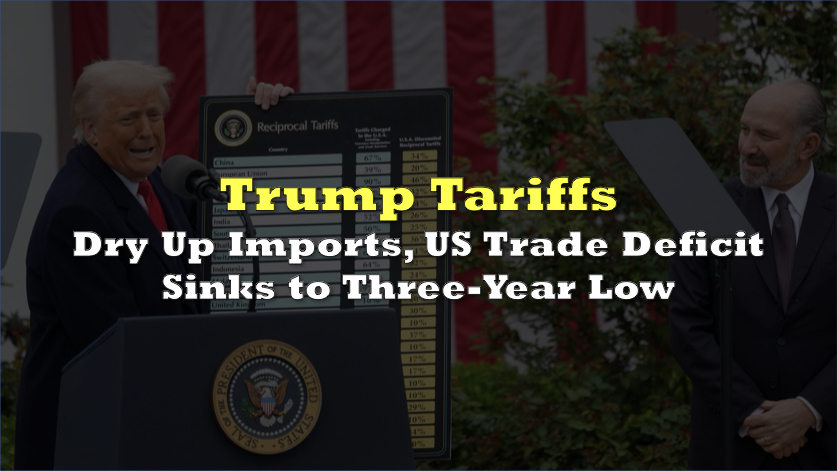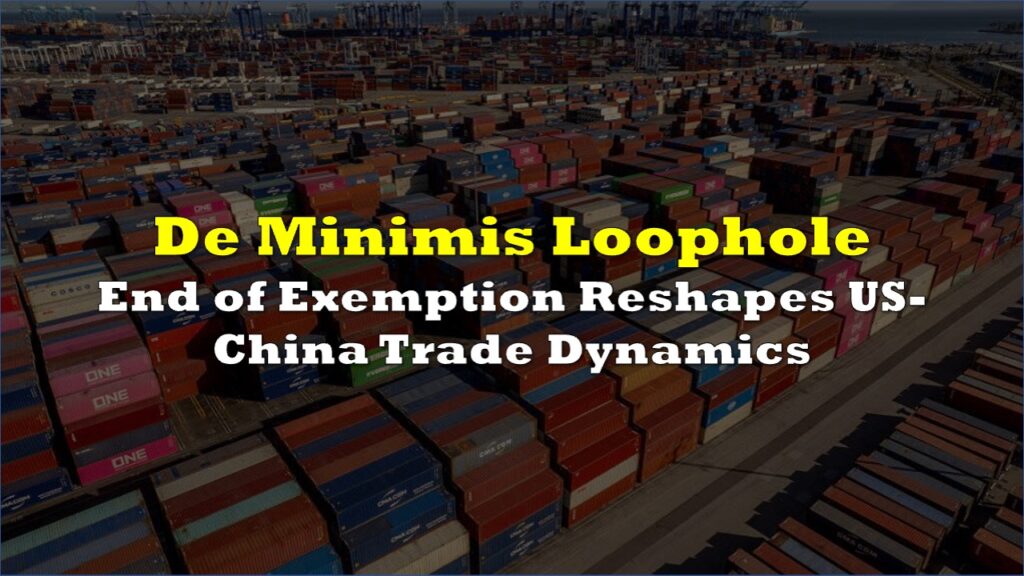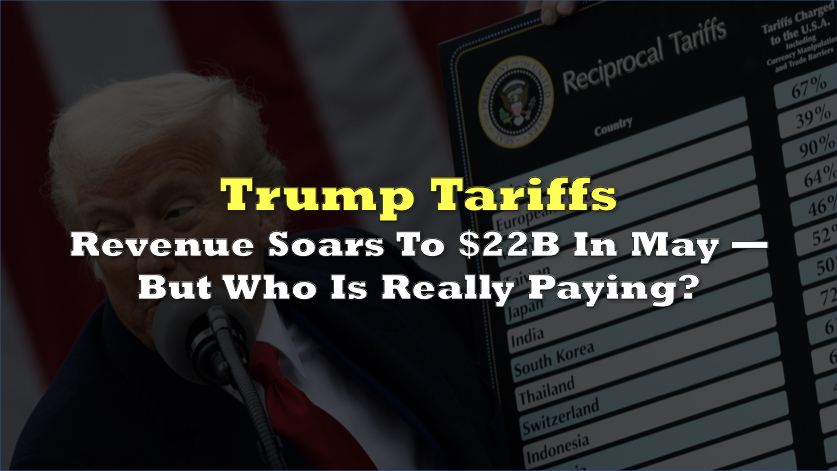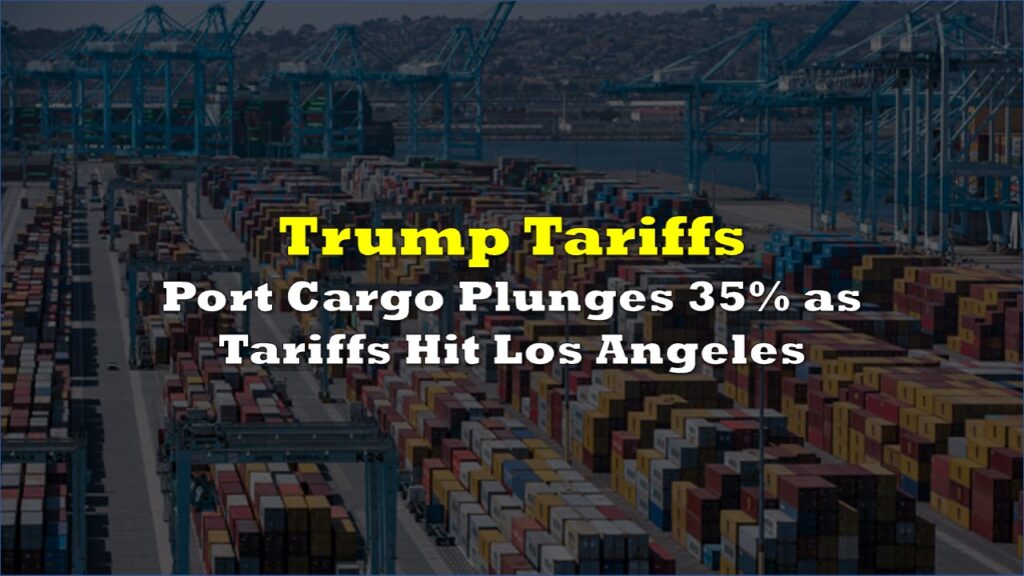In a revelation that shocks probably no one, the US trade deficit in goods and services sharply shrank to $61.6 billion in April from $138.3 billion in March, Commerce Department figures show.
The plunge coincides neatly with the Trump administration’s century-high tariff regime, making April’s gap the narrowest since pre-pandemic disruptions.
Imports did the heavy lifting—or rather, the heavy dropping. Goods inflows cratered 16.3% after importers front-loaded orders earlier in the year to beat the tariff clock. Exports eked out a 3% rise, but the math is clear: this was an import story, not an export renaissance.
Tariffs remain the blunt instrument of choice. Donald Trump has layered duties across industries and partners, with temporary exemptions that expire in early July unless deals materialize.
As the legal tussle over that authority ricochets through federal courts, businesses are bracing for the next snap-back.
“The big swing in the trade deficit reflects the global trade war,” said Mark Zandi, chief economist at Moody’s Analytics. “With the tariffs, goods imports collapsed in April, leading to a much smaller trade deficit.”
On paper, a leaner deficit pads second-quarter GDP because the shortfall subtracts from output. Zandi, however, warns the boost is cosmetic.
“Higher US tariffs have severely disrupted global trade, which will soon show up as higher prices for many of the goods Americans buy, weighing heavily on their purchasing power and spending, and by extension, the broader economy,” he explained.
Adding to the volatility, federal courts last week blocked—and then almost immediately reinstated—Trump’s flagship duties, sowing confusion across supply chains already strained by the April whiplash. With appellate briefs due by mid-June, tariff status could flip again before importers finish rewriting purchase orders.
Information for this story was found via The New York Times and the sources and companies mentioned. The author has no securities or affiliations related to the organizations discussed. Not a recommendation to buy or sell. Always do additional research and consult a professional before purchasing a security. The author holds no licenses.









